When embarking on your financial journey, understanding asset management is crucial. Proper management of assets can lead to long-term financial success, security, and the ability to meet both short-term and long-term financial goals. This guide aims to introduce beginners to the essentials of asset management, offering tips and strategies to help you get started.
What is Asset Management?
Asset management involves the systematic process of developing, operating, maintaining, and selling assets in a cost-effective way. It combines financial analysis, risk management, and investment strategies to grow your wealth over time. Whether you are an individual investor or a large institution, effective asset management ensures that your investments are aligned with your financial objectives.
Why is Asset Management Important?
1. Risk Mitigation: Proper asset management helps in identifying and mitigating risks associated with different investments.
2. Wealth Growth: Through strategic planning and investments, asset management facilitates the growth of your wealth.
3. Cost Efficiency: Efficient management of assets ensures that costs are minimized and returns are maximized.
4. Goal Alignment: It helps in aligning your investments with your financial goals, ensuring that your asset portfolio supports your life plans.
Essential Tips for Beginners
1. Define Your Financial Goals
– Short-term goals: These may include saving for a vacation, buying a car, or establishing an emergency fund.
– Long-term goals: Examples are saving for retirement, buying a home, or funding your children’s education.
Identifying clear financial goals gives direction to your asset management strategy.
2. Understand Your Risk Tolerance
– Risk Assessment: Know how much risk you are willing and able to take. Your age, financial status, and goals will influence your risk tolerance.
– Diversification: To manage risk, diversify your portfolio across various asset types, including stocks, bonds, real estate, and other alternatives.
3. Educate Yourself
– Financial Literacy: Invest time in understanding basic financial concepts, investment options, and market trends.
– Resources: Utilize books, online courses, and financial news to stay informed.
4. Start with a Financial Plan
– Budgeting: Create a budget to track income and expenses. Identify areas where you can save and invest more.
– Investment Strategy: Develop a clear investment strategy based on your financial goals, risk tolerance, and time horizon.
5. Seek Professional Advice
– Financial Advisor: Consider consulting with a certified financial advisor who can provide personalized advice and strategies.
– Advice Benefits: A professional can help you avoid common mistakes, optimize your investment portfolio, and navigate complex financial situations.
6. Regular Portfolio Reviews
– Assessment: Regularly assess your investment portfolio to ensure it aligns with your financial goals and market conditions.
– Adjustments: Be prepared to make necessary adjustments based on performance and any changes in your life circumstances or financial goals.
7. Stay Disciplined
– Long-Term Perspective: Successful asset management requires patience and a long-term perspective. Avoid making impulsive decisions based on short-term market volatility.
– Consistency: Regularly contribute to your investments and stick to your financial plan, even when the market is unstable.
8. Utilize Technology
– Tools and Apps: Use financial planning and investment management tools to monitor your portfolio, track performance, and make informed decisions.
– Automation: Automate contributions to your savings and investment accounts to ensure consistent growth.
Starting your journey in asset management may seem daunting initially, but with the right approach and understanding, it can lead to significant financial benefits. By defining your financial goals, understanding your risk tolerance, educating yourself, seeking professional advice, regularly reviewing your portfolio, staying disciplined, and leveraging technology, you can effectively manage your assets and achieve your financial objectives. Remember, the key to successful asset management lies in informed decision-making, consistency, and a long-term perspective.
